In the vast realm of interactive entertainment, video games have continually pushed the boundaries of immersion, creativity, and innovation. One such intriguing addition to the gaming world is the enigmatic Void Calling game. Evoking a sense of mystery and curiosity, Void Calling has captured the attention of gamers worldwide with its unique gameplay mechanics and immersive storytelling.
But what exactly is Void Calling, and why has it garnered such immense popularity? In this article, we will delve into the depths of this fascinating game, exploring its concept, gameplay features, and the captivating experience it offers to players.
Void’s Calling Ep 1
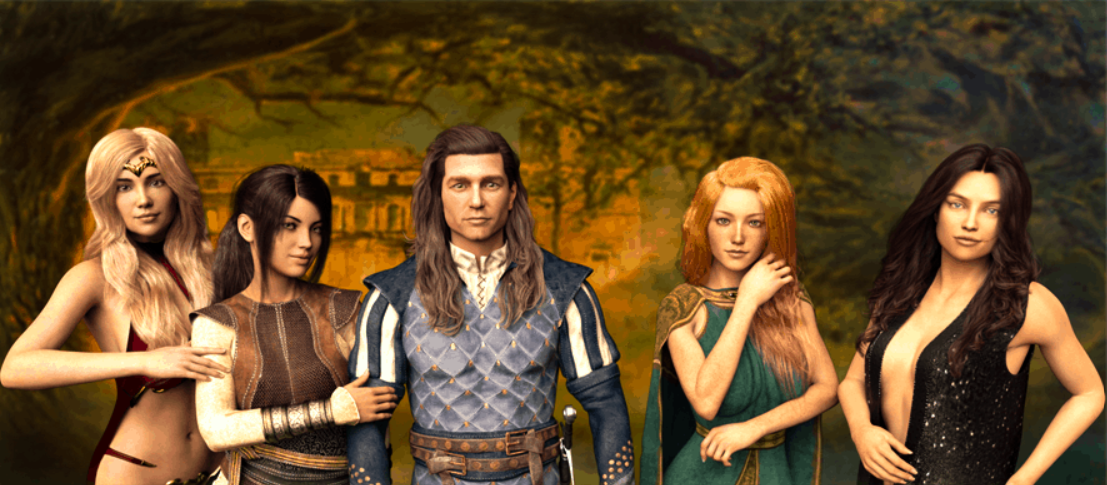
Void’s Calling Ep 1 is an adventure game presented in a visual novel style. The protagonist, Forlan, is a warrior-for-hire who arrives in a peculiar small town. He quickly realizes that something is amiss and suspects the presence of dark energy known as the void. In his quest to uncover the truth, Forlan decides to explore the town, undertake various tasks, and form relationships with attractive women.
Story
Once we arrive in town, sidequests take priority over the main quest. The game’s structure is innovative and differs from our expectations. Our activities in town cause the time to pass, and after the day, we return to the inn to sleep before continuing our adventures the next day.
This implies we can initiate and complete quests at our leisure and in any order. While it provides flexibility, this type of advancement might be lacking in direction, leaving us feeling trapped in a repeated loop with little progress.
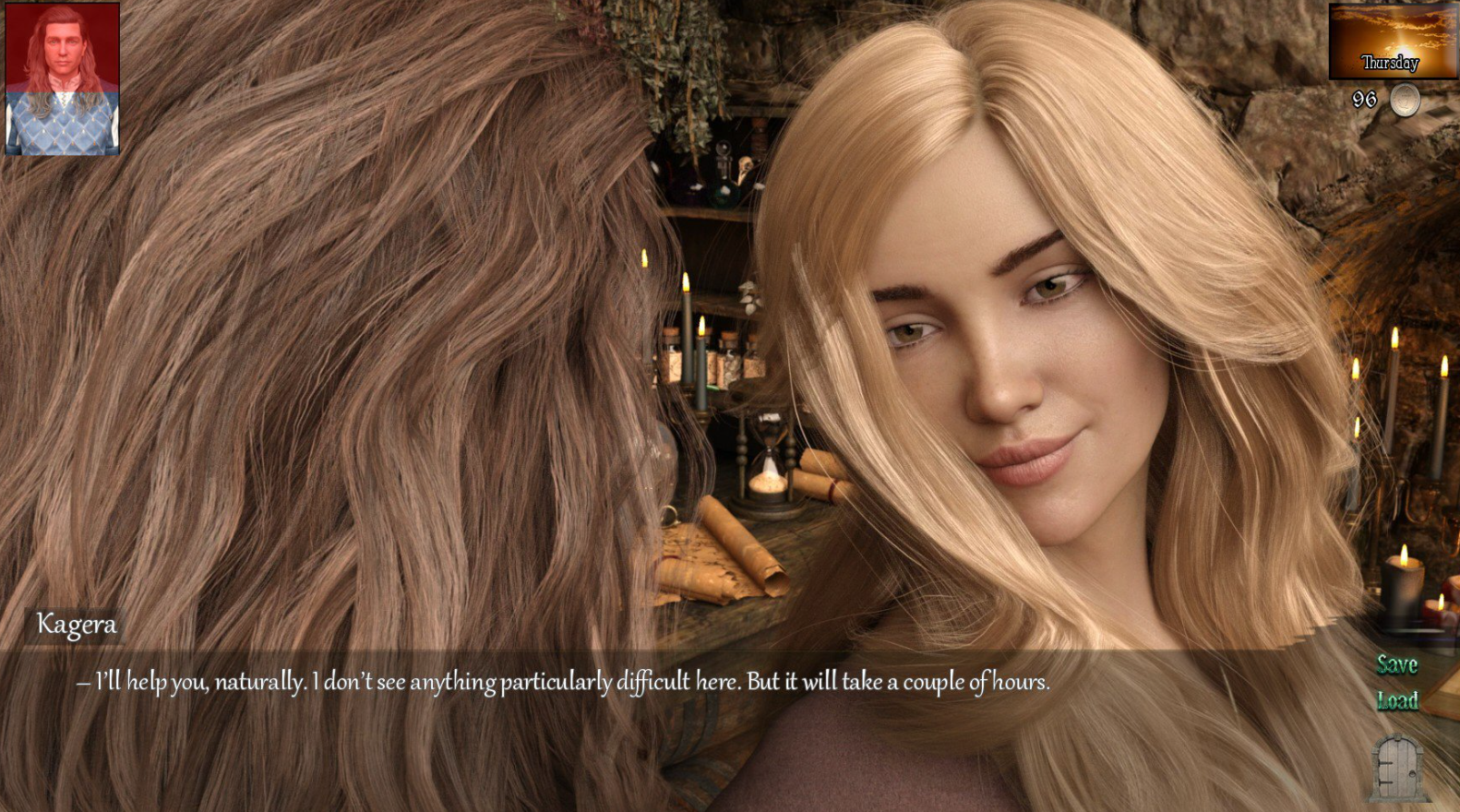
Forlan, the character, is inspired by Geralt from The Witcher series. In exchange for payment, he is a skilled fighter who accepts contracts to hunt down monsters and terrible creatures. He looks similar to Geralt, with long silver hair, but he has a more charismatic and less forthright disposition.
Pursuing numerous love encounters is an important component of the missions, however, they trend more toward wild pleasure than serious romances. We have the chance to have crazy experiences with several women. Some can be bedded instantly, frequently in brothels, but others require a sequence of events and chores to be completed beforehand.
Three brothel ladies, an inn waiter, the innkeeper’s wife, a sensual masseuse, a charming young herbalist, her equally charming mother, and maybe others that I’m forgetting.
Gameplay
The gameplay is structured around daily events, progressing through five different times of the day. Each action or scene moves us to the next phase of the day, with Forlan going to sleep at the inn during nighttime. This design is interesting yet peculiar. Apart from a town festival that occurs exclusively on Saturdays, it’s unclear if there is any other purpose for this day-by-day progression. Additionally, days can pass quickly without much accomplishment, often limited to a few conversations.
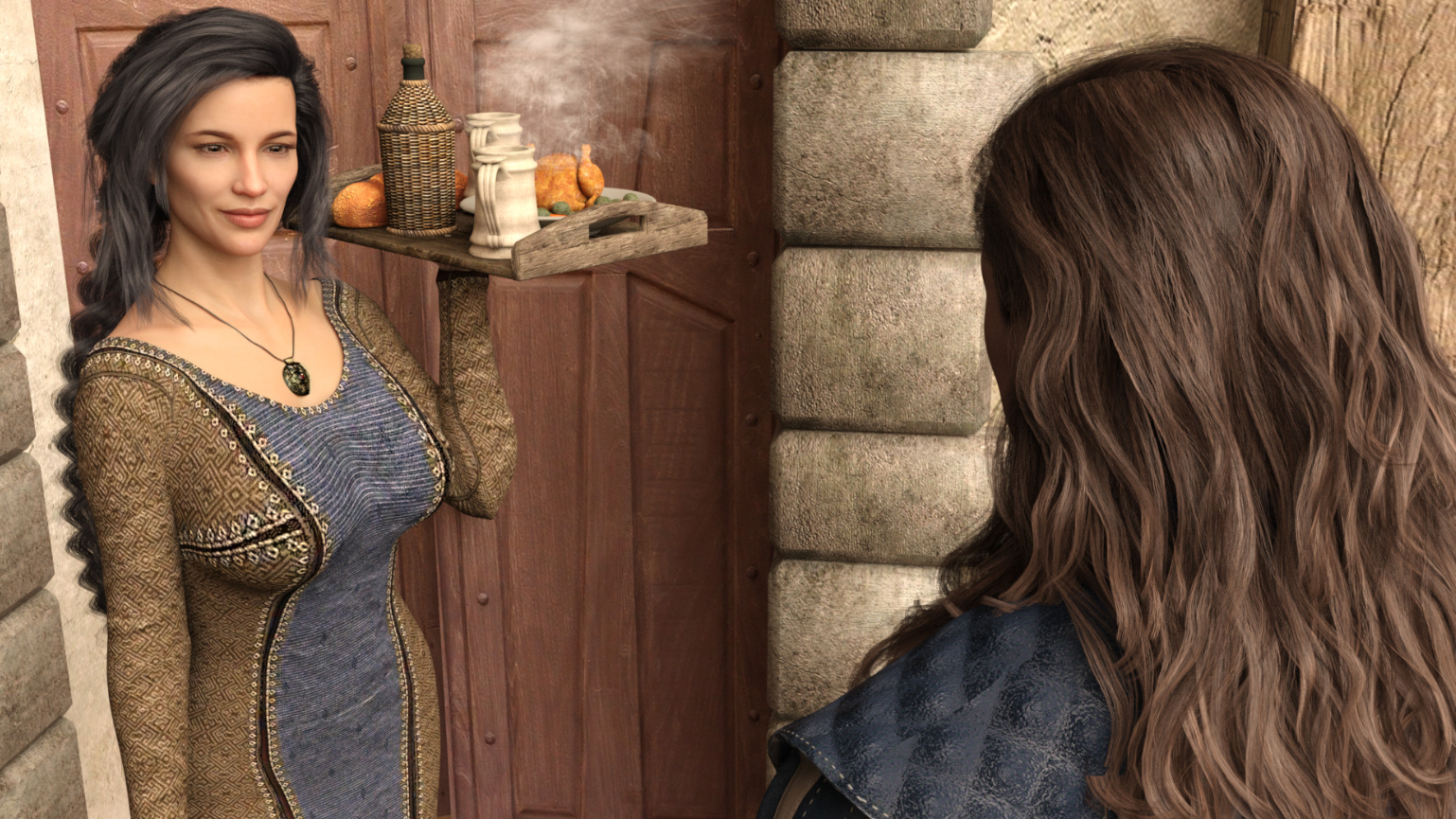
While this aspect isn’t inherently problematic, there is a significant issue related to the cost of staying at the inn each night. As each day passes, your money steadily decreases. Money plays a crucial role in the game, particularly for completing sidequests involving women. Most of these sidequests follow a similar pattern where you need to spend a substantial amount of money to gradually advance your encounters with women.
This can become quite prolonged, especially with characters like the masseuse. Each visit only allows for small progress, resulting in numerous visits required to complete her sidequest path, and the ritual remains largely the same each time except for minor changes.
The game strongly pushes you to become a womanizer, as most quests revolve around seducing and sleeping with women. Skipping these encounters means missing out on a significant portion of the content, which can be disappointing. The interactions often follow a forced pattern—regularly meeting the woman, escalating the interaction, and spending a lot of money at some point. It feels like a medieval fantasy game disguised as the adventures of a horny teenager.
While some scenes consist of still images, others allow dialogue options, which provide more player engagement. However, even in these moments, the game tends to force you into a specific personality archetype—being a self-centered womanizer rather than allowing for more realistic behavior.
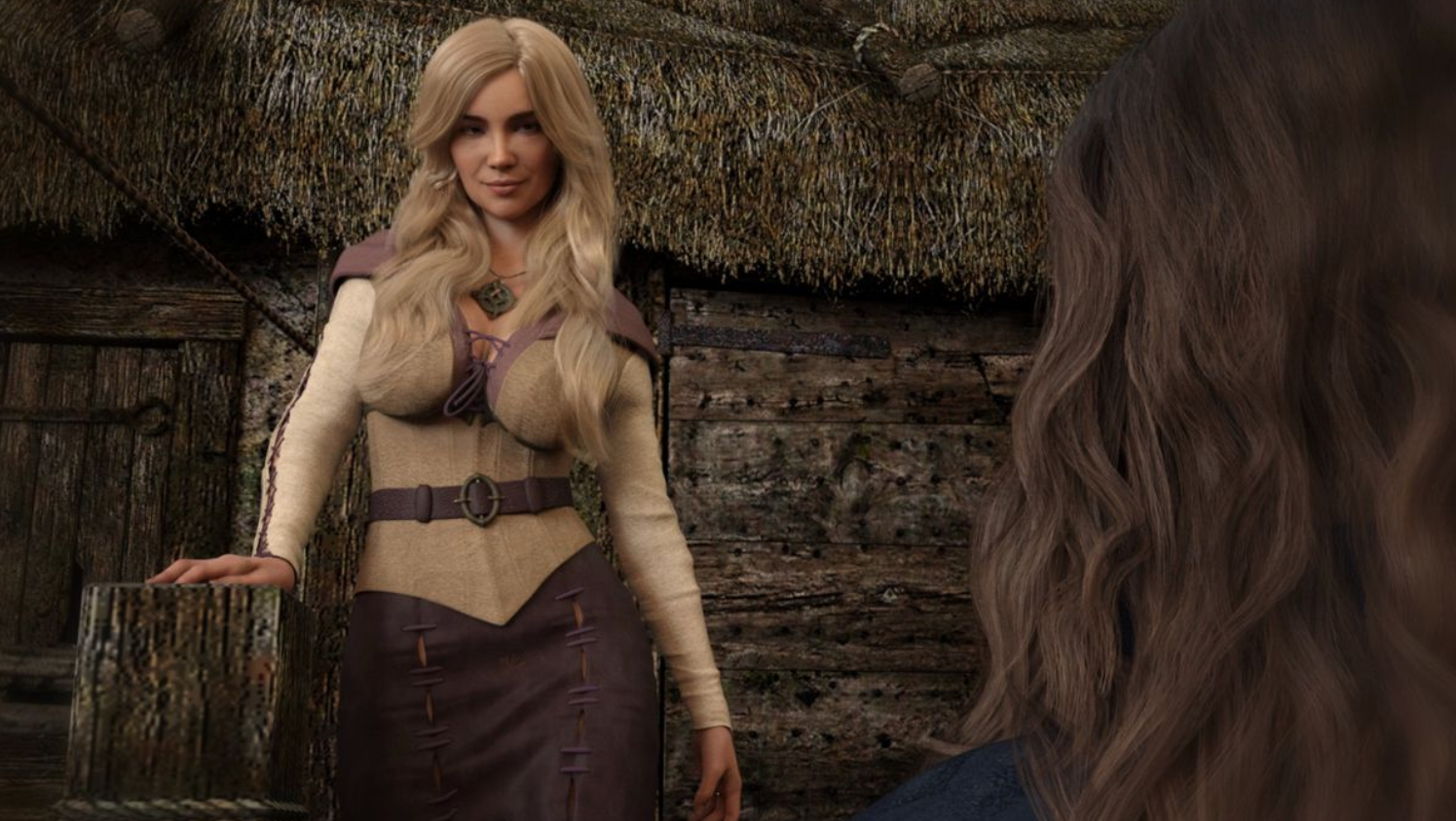
Combat is another major aspect of the gameplay. It can occur during quests, but mostly, you engage in combat while exploring wooded or riverside areas outside of town. The purpose of intentional combat is to grind for money by selling loot to a shopkeeper, which you then spend on bedding women.
The combat system is turn-based but quite simplistic and tedious. You have three types of attacks: normal, powerful, and feint. Each has its advantages and disadvantages against different enemy types. However, the execution of the system feels clunky and unpredictable.
The same attack can go from dealing no damage to scoring a critical hit or missing entirely. It feels excessively random, often leading to gambling and relying on luck to land critical hits.
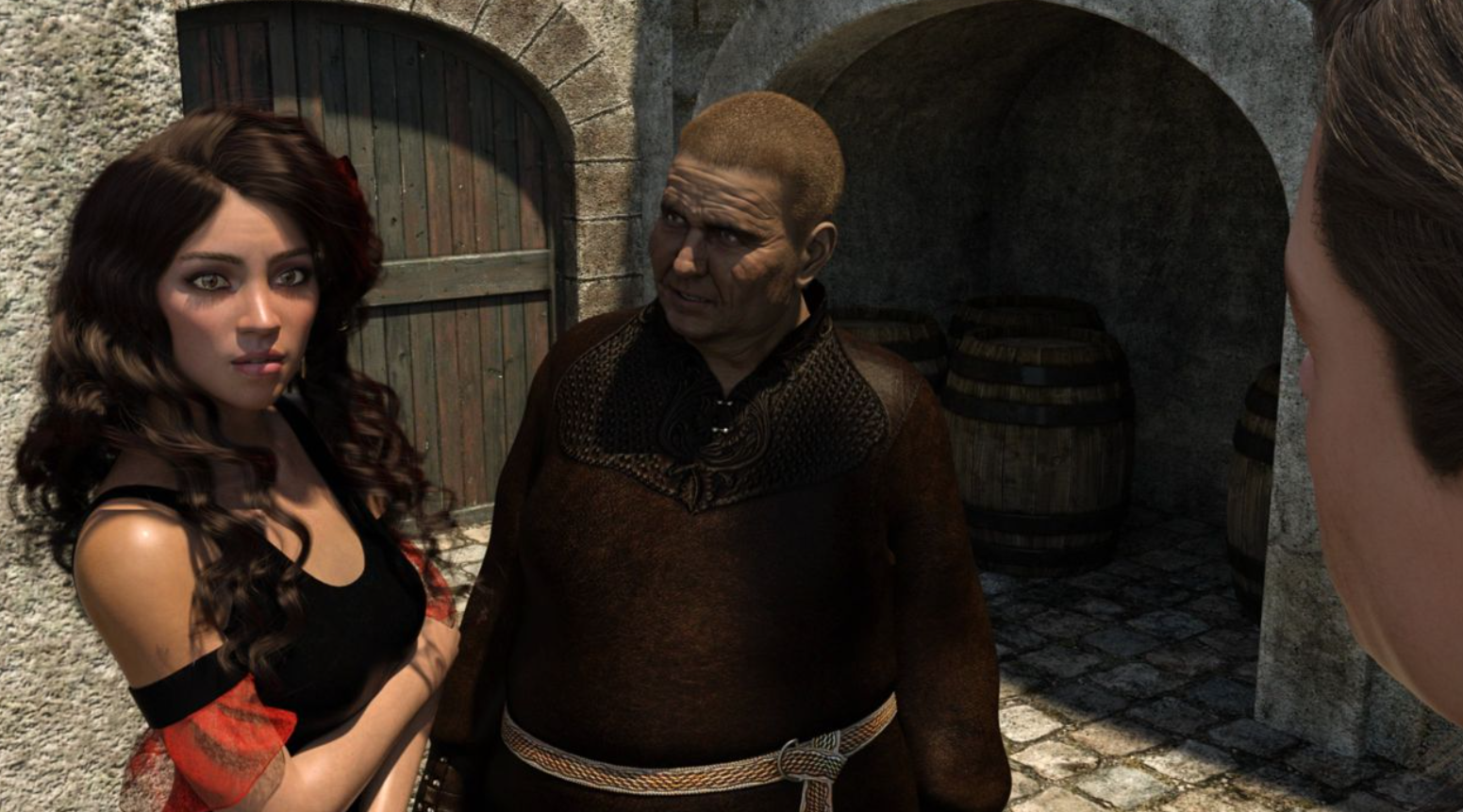
Unfortunately, you can’t avoid combat in the game since selling loot is necessary for progress in most sidequests and for affording nightly stays at the inn. This creates a repetitive grind cycle that forces you to engage with the game’s poorly designed combat mechanic.
Conclusion
The game has its strengths in visuals, locations, and the overall setting concept. However, it suffers from a lack of direction and a coherent plot. The romance elements lean too heavily into an erotic fanfiction vibe, which may not appeal to everyone. The combat system is incredibly tedious and feels like an afterthought, added for the sake of having additional gameplay mechanics.
If the combat system was removed and the grind for money eliminated, the game could have been more enjoyable. Unfortunately, I cannot recommend it in its current state, despite my initial hopes. Those seeking explicit content may find some enjoyment, but overall, the game feels lacking and overly simplistic in most aspects.


